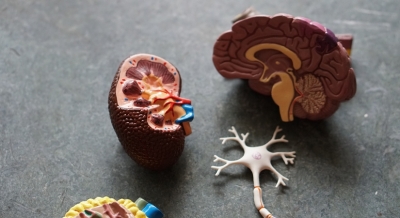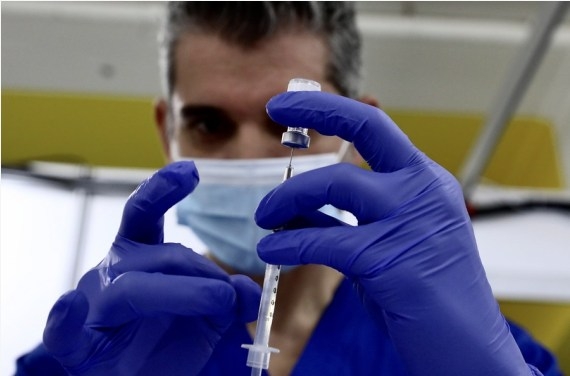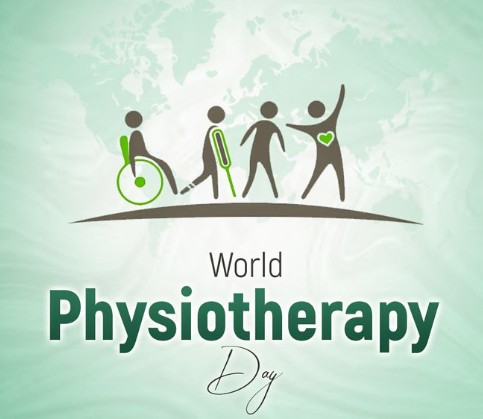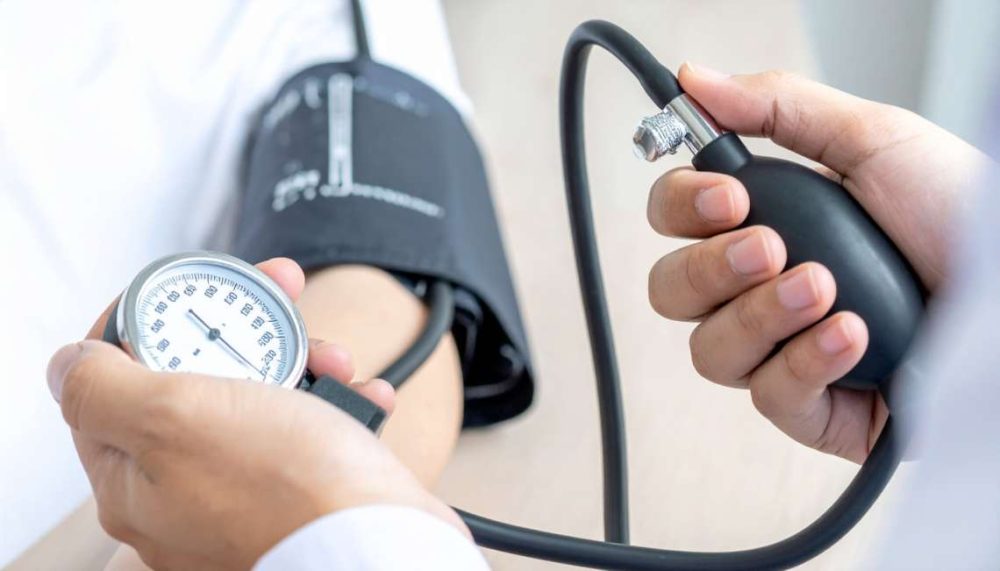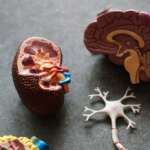The swelling in the kidneys is usually detected during a routine ultrasound scan in the second or third trimester of pregnancy. Although many cases resolve on their own — either before birth or shortly after — some cases require further evaluation and, in certain situations, medical or surgical intervention
Early detection and timely management are crucial for babies born with antenatal hydronephrosis — a birth defect where the kidneys swell due to fluid buildup while the baby is still in the womb. Experts are calling for greater awareness about this common yet manageable condition to ensure better outcomes for affected newborns.
Antenatal hydronephrosis is detected in approximately one to two out of every 100 pregnancies, making it one of the most frequently diagnosed abnormalities during routine prenatal scans. The condition typically arises when urine accumulates in one or both kidneys due to a blockage in the urinary tract or due to urine flowing backward into the kidneys.
While the diagnosis may understandably cause anxiety among expectant parents, doctors emphasize that with careful monitoring and appropriate treatment, most children with antenatal hydronephrosis go on to lead healthy lives with normal kidney function. “With appropriate follow-up and care, the majority of infants with antenatal hydronephrosis grow up healthy with normal kidney function,” said Dr. Prabudh Goel, Additional Professor of Paediatric Surgery at AIIMS-Delhi.
The swelling in the kidneys is usually detected during a routine ultrasound scan in the second or third trimester of pregnancy. Although many cases resolve on their own — either before birth or shortly after — some cases require further evaluation and, in certain situations, medical or surgical intervention.
Dr. Shandip Kumar Sinha, Director of Paediatric Surgery at a leading city hospital, noted that the increasing number of prenatal ultrasounds has led to a higher rate of early diagnosis.
“If antenatal hydronephrosis is detected and proper medical intervention is made within the first five to six months after birth, the kidneys can heal completely,” said Dr. Sinha.
Early diagnosis allows doctors to closely monitor the affected newborns and intervene when necessary, preventing complications such as urinary tract infections, impaired kidney growth, or long-term kidney damage. “In mild cases, antenatal hydronephrosis often resolves spontaneously without the need for any treatment,” explained Dr. Sinha. “However, in moderate to severe cases, we may need to conduct additional investigations after birth, including ultrasound scans, voiding cystourethrograms, or nuclear medicine tests, to better understand the severity and nature of the obstruction or reflux.”
These follow-up tests help specialists determine the appropriate management plan, ranging from careful observation to, in rare cases, surgical correction of anatomical issues causing the urine buildup.
While surgery is only necessary in a minority of cases, early identification of potential risks ensures that complications are addressed before they cause permanent damage.
Doctors also stressed the emotional aspect of managing antenatal hydronephrosis, urging healthcare providers to counsel and reassure parents that early detection often leads to positive outcomes.
“By raising awareness about this condition, we hope to reassure families that early detection and proper management can lead to positive outcomes,” said Dr. Goel. “Parents should feel encouraged to ask questions, stay informed, and work closely with their healthcare team to ensure the best possible care for their child.”
As prenatal imaging technology continues to advance, experts believe that greater awareness and proactive care will significantly improve the quality of life for children diagnosed with antenatal hydronephrosis — turning what initially seems like a daunting diagnosis into a manageable and often temporary condition.



